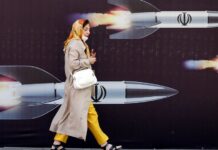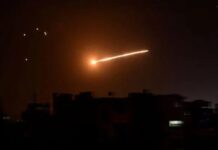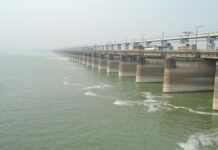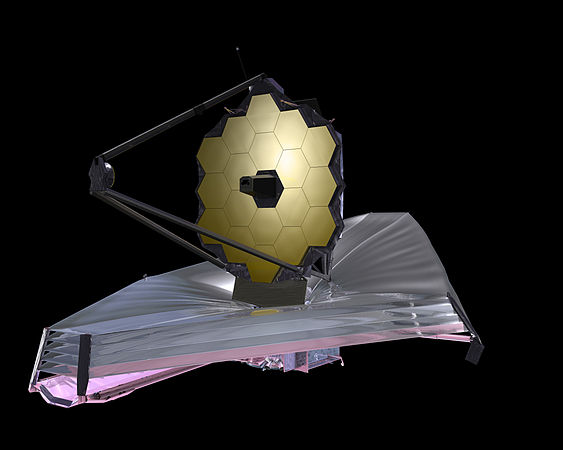The telescope Galileo Galilei first pointed at the heavens in 1609 had a lens no wider than a slice of cucumber. Yet with that modest tool, he saw the rings of Saturn, the moons of Jupiter—and sparked a scientific revolution that toppled Earth as the center of the cosmos.
Astronomy has come a long way since then. But when the James Webb Space Telescope launches in December, with a 6.5-meter mirror that would tower over Galileo himself, it will open views of the universe’s first stars and galaxies, probe the atmospheres of planets around other stars—and launch another revolution. “James Webb will blow the lid off everything,” says exoplanet hunter Sasha Hinkley of the University of Exeter.
Webb’s mirror has more than five times the light-gathering power of the 31-year-old Hubble Space Telescope. Unlike Hubble, Webb will work in the infrared, allowing it to see the heavily “redshifted” light of distant objects and peer through clouds of obscuring dust. It will also be able to sift exoplanet atmospheres for gases whose infrared fingerprints are mostly off-limits to ground-based observatories.
“We’ve never looked at the universe at these wavelengths and these depths and resolution,” says Steve Finkelstein of the University of Texas, Austin, who will lead several projects looking at distant galaxies in Webb’s first year. “I think we’ll be in for some surprises.”
More than 1000 teams of astronomers from across the globe applied for time on Webb in its first year, and 286 got lucky. They will task the telescope with a range of inquiries: looking for ice-covered oceans on Uranus’s 27 moons, searching for elusive medium-size black holes, and resolving conflicting measurements of the expansion rate of the universe. But broadly speaking, they will use Webb to pursue two overriding themes, at opposite extremes of time and distance: the early universe and nearby planetary systems.
Researchers want to glimpse the universe’s gargantuan first stars and study how messy clumps of them evolved into orderly, spiral galaxies. They want to witness the evolution of the giant black holes at the centers of many galaxies and chart their role in clearing a fog of neutral hydrogen gas that filled the early universe. In the nearby universe, Webb is expected to transform our knowledge of how gas and dust around young stars coalesce into planets, what conditions on those worlds are like, and whether they provide a welcoming habitat for life.
It is a dream telescope, and one that has been many years—and $10 billion—in the making. Early on, Webb was expected to launch in 2011 for less than $2 billion. But the complexity of new technologies such as the segmented mirror and the cryocoolers that keep instruments cold enough to see far-infrared wavelengths led to delays and inflated costs. After Congress threatened to cancel the project in 2011, NASA set a new schedule and, for a while, kept to it. But more delays came when prime contractor Northrop Grumman discovered faulty welds, incorrect lubricants, missing bolts, and tears in the telescope’s giant sunshield.
Now, all that is fixed, but one last hurdle remains. In September, engineers in California packed Webb up in an environmentally controlled shipping container and sent it by sea to French Guiana, home to Europe’s spaceport. On 18 December, Webb will endure the roar and rattle of a 27-minute ride to orbit on a European Ariane 5 rocket, its folded-up mirror just barely fitting inside the fairing.
A month of critical maneuvers will follow as the telescope cruises deeper into space. “It’s 30 days of terror,” says Garth Illingworth of the University of California, Santa Cruz (UCSC), who was one of the project’s early architects. As soon as it’s in space, Webb will deploy its solar array and then, 2 hours later, its communications antenna. On day 3, as it passes the Moon, its huge sunshield will begin to unfurl. By day 11, the mirrors will start to unfold and swing into place. Finally, after 29 days, Webb’s boosters will make a final burn to put it in orbit around L2, a gravitational balance point 1.5 million kilometers from Earth. Unlike Hubble, Webb will be too far away to be repaired by visiting astronauts. It must work flawlessly straight out of the box.
PLANNING FOR Webb began as far back as 1989, before Hubble had even left the ground. It was originally nicknamed the First Light Machine, recalls Marcia Rieke, an astronomer at the University of Arizona who served on the project’s working group in the late 1990s. The goal was to peer back to the universe’s infancy.
Ground-based telescopes at the time could barely see halfway back across the 13.8-billion-year history of the universe. Hubble, with no atmosphere to blur its view, could take astronomers much closer to the beginning. In its first “deep-field” exposure, in 1995, it stared at a seemingly empty patch of sky in Ursa Major for 140 hours. Almost every one of the 3000 objects that popped into view was a distant galaxy, shining from times as early as 1.5 billion years after the big bang.
Subsequent exposures went even deeper in time. Astronomers assumed the number of galaxies would fall off sharply at those early times because gravity had not yet pulled clouds of gas into stars, let alone assembled stars into galaxies. But Hubble showed the galaxies were there, albeit in dwindling numbers. In 2016, researchers using Hubble data found a small galaxy, dubbed GN-z11, that dated, astonishingly, from a time when the universe was just 400 million years old. “We had no idea you could see objects at that time,” Illingworth says.
At that distance, the expansion of the universe shifts a galaxy’s visible light—where stars tend to shine brightest—well into the infrared, which Hubble cannot see. GN-z11 was only visible because it shone brightly in ultraviolet light, seen as visible light after redshifting. Many more early galaxies, invisible to Hubble, may lurk in the infrared band. “It’s hard to be sure,” Rieke says.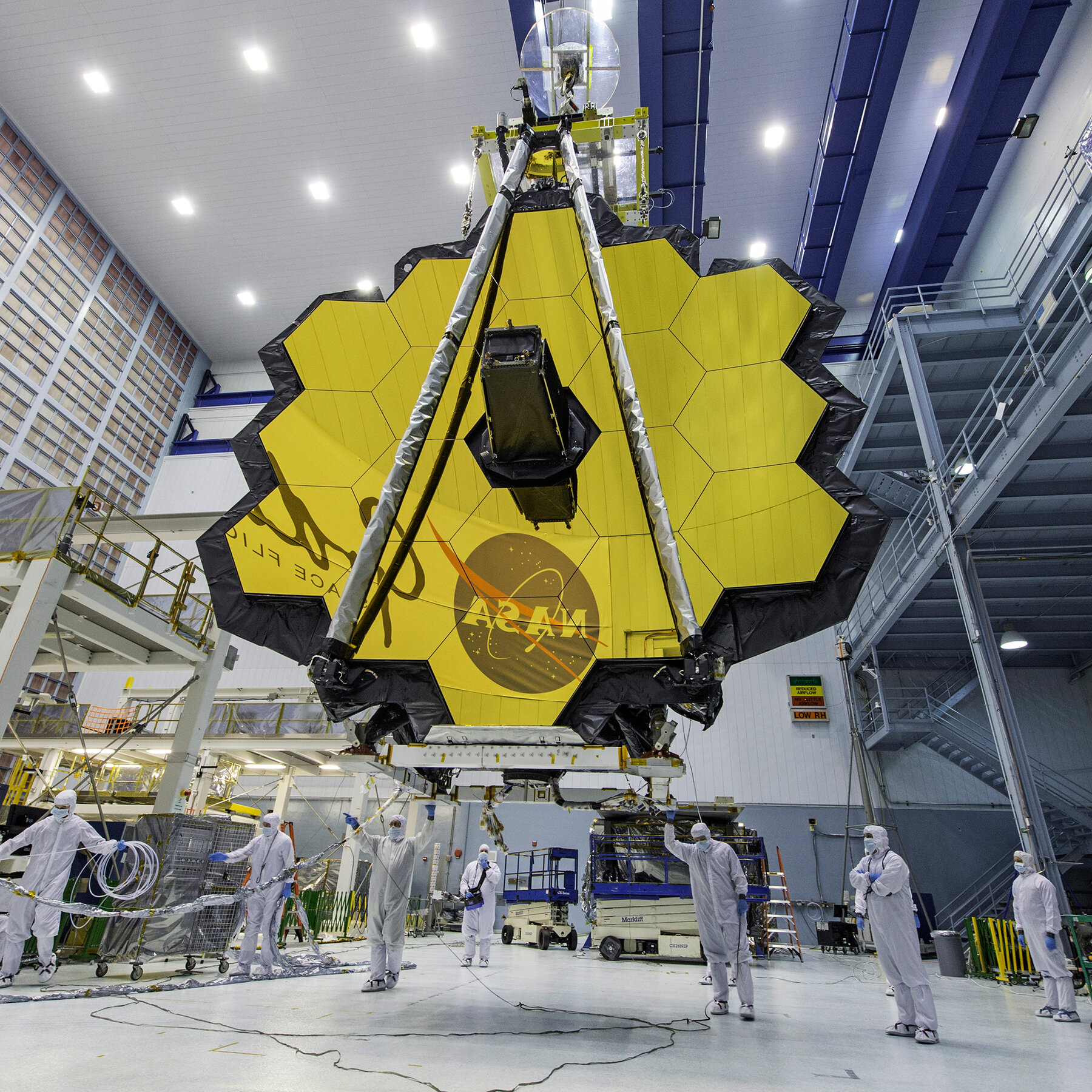
Webb should be able to tell, thanks to its huge mirror and infrared detectors, which are insulated from heat that would degrade their sensitivity. The multilayer fabric sunshield, as big as a tennis court, will create a shadow deep enough to passively chill three of Webb’s instruments to –234°C, or 39 K. The cryocooler will refrigerate a fourth instrument, meant to peer further into the infrared, to 7 K.
Roberto Maiolino, an astronomer at the University of Cambridge, expects Webb to find 10,000 galaxies between cosmic dawn—when the first stars ignited about 200 million years after the big bang—and cosmic noon, the peak of star formation roughly 2 billion years later. The first galaxies probably started out small and disorganized, nucleating around clumps of dark matter, unseen stuff that makes up 85% of the matter of the universe. By compiling a census of early galaxies, Webb will show “how these blobs change to more organized structures,” says Rieke, who led the development of Webb’s near-infrared camera.
Mapping out how protogalaxies formed might also reveal something about the nature of dark matter, Rieke says. “Finding the first aggregations of stars may tell us more about what was leftover after the big bang,” she says. There are other fundamental questions: Did the galaxies grow simply by pulling in more gas, or through a series of mergers, known to spark bursts of star formation in more recent galaxies? “There is so much low-hanging fruit, so many obvious questions … but we didn’t have the technical ability to answer them yet,” Finkelstein says.
A MAJOR COUP for Webb would be spotting evidence for first-generation stars, known as population III stars, formed from the primordial hydrogen and helium gas leftover from the big bang. Later generations of stars contain heavier elements, forged in stellar furnaces and scattered by supernovae, that radiate energy efficiently. Lacking these radiators, population III stars swell to enormous sizes, and are possibly up to 1000 times as massive as the Sun. Their size means they burn fast and furiously, exhausting their fuel in a few million years.
Webb will almost certainly not be able to see to these stars individually, but a galaxy’s spectrum can betray their presence. “If we see a galaxy with a spectrum of only hydrogen and helium, that would be a smoking gun” of population III stars, Maiolino says. The spectrum would also hold clues to the stars’ abundance and temperatures, giving astronomers a picture of early star formation and how these fast-burning giants, after exploding in supernovae, delivered the first smattering of heavy elements to the universe. -The article was first published on Science.org



